The history plays are different. In dramas like Othello, Hamlet and Much Ado, Shakespeare laid out the plot with great clarity because the stories were new, or newish, to his audiences. But Richard III belonged to the recent past. The wonky monarch’s death predated the play’s debut by just over a century, so Richard’s era stood at the same distance from the Elizabethans as we stand from the Edwardian age. However, few modern playgoers know the dynastic complexities that drive the storyline so it’s worth mugging up in advance.
This modern-dress production (co-directed by Sean Holmes and Ilinca Radulian) has been cast without regard to race, gender or age. Anyone who doesn’t hold a professorship in Plantagenet genealogy will struggle to comprehend the sinuous plot. Richard (Sophie Russell) enters wearing a white footballer’s shirt inscribed RICHARD 03. Clear enough. Margaret, played by a man, also appears with her name embroidered on her football kit but with the letters covered by a coat. An easy blunder to correct. Harder to fix is the sparse company which isn’t populous enough to serve the text. Matti Houghton plays Anne and two other largeish roles. Colin Hurley begins as Hastings and morphs into Tyrrell, the Mayor and Oxford. Steffan Donnelly opens as Margaret and ends as Richmond.
Though aimed at academics, the show includes novelties that will intrigue anyone. Richard, played by Sophie Russell, has no visible deformity. The suggestion is that the scheming royal has dreamed up his misshapen physique in order to justify his villainy. You can bet that Russell was relieved to be spared the business of hopping and limping around the stage in imitation of some gross birth defect. According to theatre lore, performers apeing Richard’s disability quite often nobble themselves during rehearsal and end up genuinely injured.
Because this is a modern version, the killings are done with kitchen objects. Scissors are stabbed into necks. Plastic bags are pulled over heads and sealed. This asphyxiation technique gives the actors a chance to ‘die’ while giving an Oscar-winning display of grimaces and gagging. You can bet the company enjoyed that too. Each assassination is bookended by two repeated gestures. The subject is thrust against the back wall while a blue stage lamp casts an Arctic glow across his face. After the murder, a smirking Richard skips on to the stage in a pop star’s outfit and sings a farewell number to his victim. A clear nod to Blue Velvet and A Clockwork Orange where violence and music occur simultaneously. ‘Fun, isn’t it?’ I said to a reviewer in the interval. ‘Oh hilarious,’ he replied disapprovingly.
Some will dismiss this as a glib pastiche which lacks a consistent visual style and a sense of moral proportion. I lapped it up. Russell’s Richard is a convincing study in softly-softly evil. At times she’s as mild and amenable as an airline attendant, at times as sly as a wolf and scheming for blood. She’s constantly watchable and enormously charismatic. Whoever cast her deserves a pat on the back. Also eye-catching is Jonathan Broadbent as the shifty Buckingham dressed in a tight dark 1960s suit, like a Kray. John Lightbody brings an unsettling sense of comic doom to Clarence. Perhaps Sarah Amankwah, as Edward, overdoes the funfair razzamatazz. It’s only a minor role. Rarely have I laughed so much at this play but I never felt that the comedy was forced, superficial or out of place. The insouciant punk spirit is underpinned by a proper sense of darkness and horror.
White Christmas starts in the middle of nowhere in the middle of the second world war. Bob and Phil are two musical soldiers, far from home, whose yearning for family life crystallises around an anthem to Yuletide joy, ‘White Christmas’. Ten years later, the pair are rich Broadway performers who hear news that their former commander has sunk his pension into a failing ski resort in Vermont. The problem? No snow. The selfless stars leap aboard a train to stage a charity gala and rescue the old man’s savings.
This feelgood storyline foreshadows two cultural fixtures of our own era. Global warming and Live Aid. Co-produced with the Curve, Leicester, and directed by Nikolai Foster, this is an opulent spectacle in which the dancing surpasses the acting. And it’s done in traditional style. On-trend choreographers like to include a tubby performer in the line-up these days, perhaps to encourage overweight play-goers to imagine that they too might hoof it on the West End stage. Here, every dancer is vegan-thin and beautifully turned out in an array of appropriately gaudy costumes. Brenda Edwards (Martha) stands out from the crowd of actors. She has the voice, the comic skills and the force of personality to fill this huge arena, which feels a bit like Wembley stadium with a roof on. She lifts it.
Got something to add? Join the discussion and comment below.
Get 10 issues for just $10
Subscribe to The Spectator Australia today for the next 10 magazine issues, plus full online access, for just $10.
You might disagree with half of it, but you’ll enjoy reading all of it. Try your first month for free, then just $2 a week for the remainder of your first year.

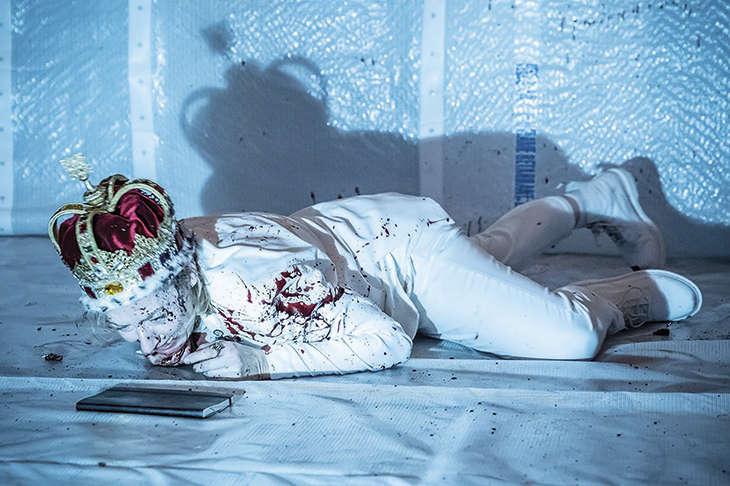
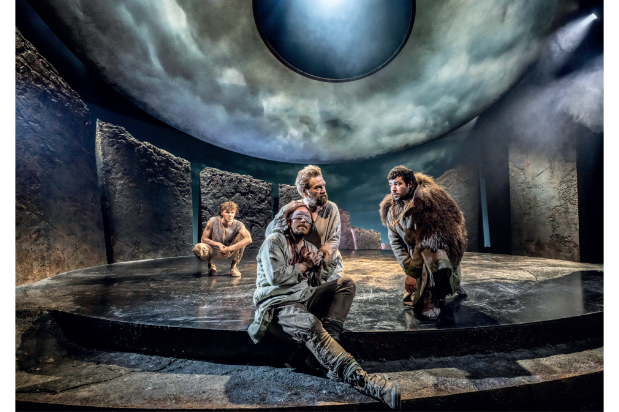
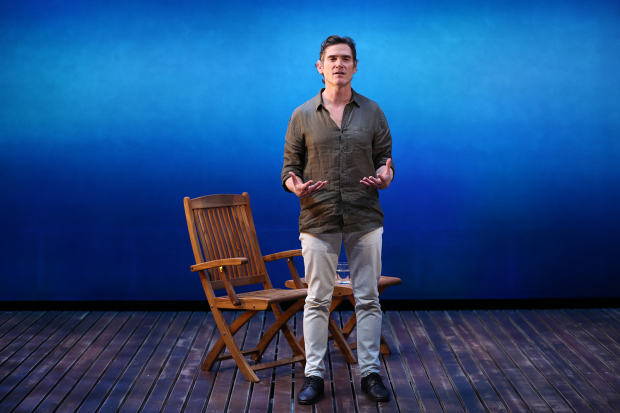
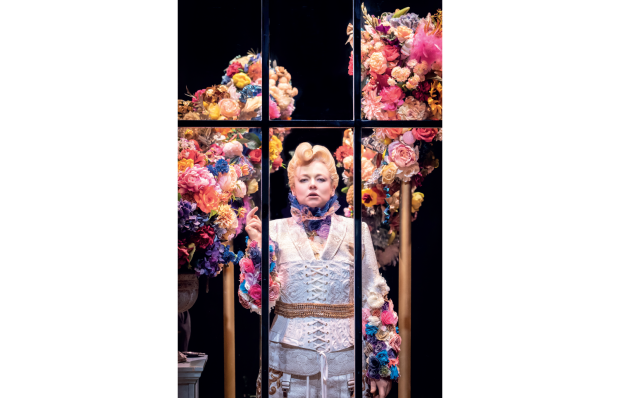
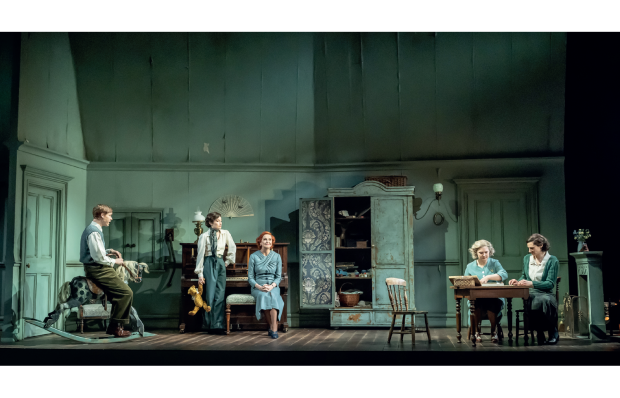
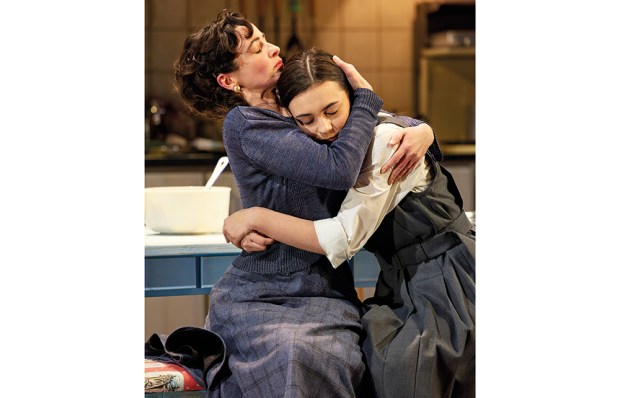
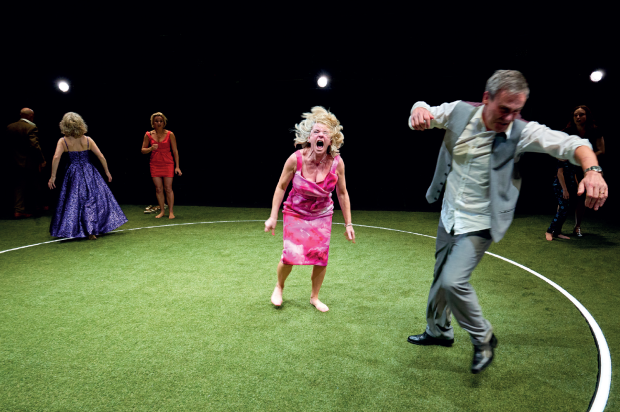






Comments
Don't miss out
Join the conversation with other Spectator Australia readers. Subscribe to leave a comment.
SUBSCRIBEAlready a subscriber? Log in